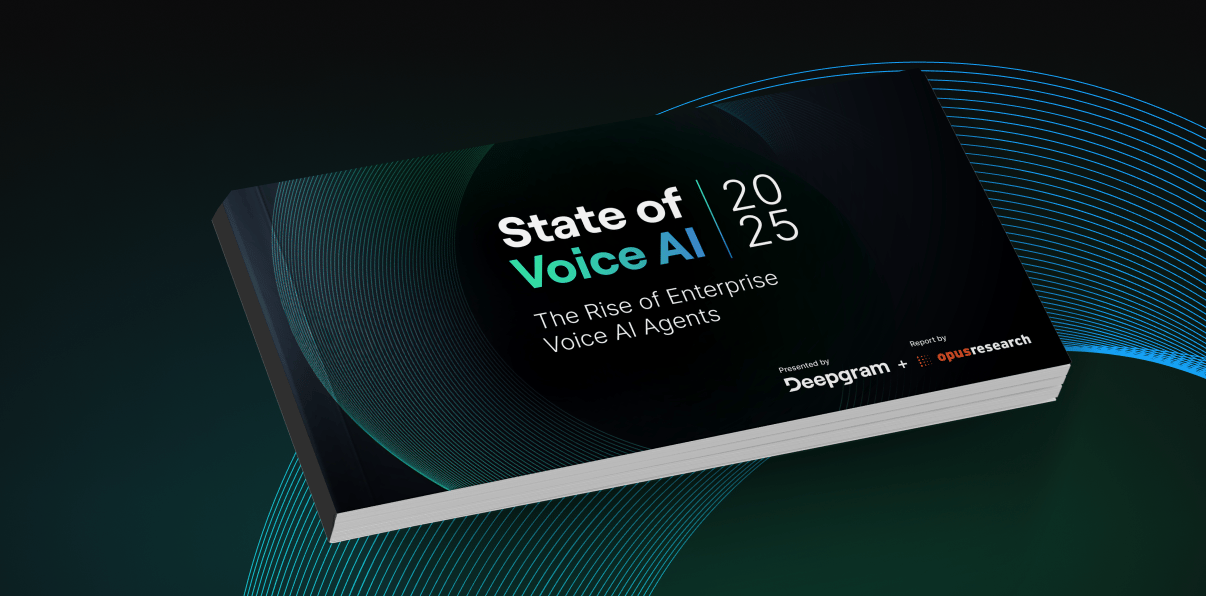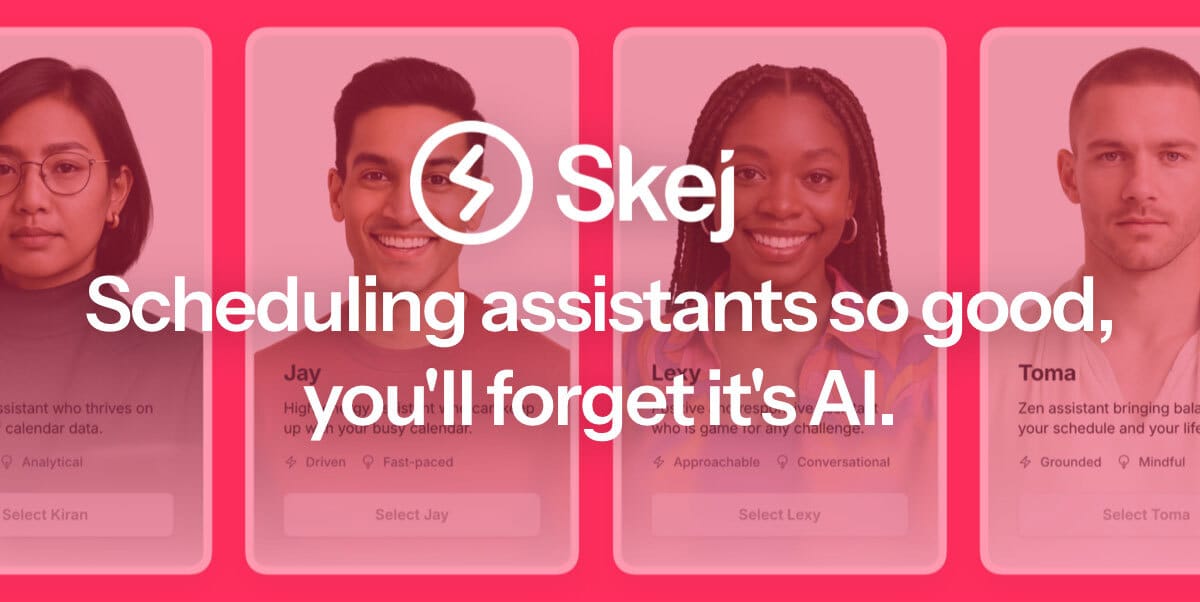- Stef the PM
- Posts
- She checked every box. Still wasn’t get interviews.
She checked every box. Still wasn’t get interviews.
Senior Director. Decades of experience. Zero callbacks. Here’s what was actually wrong.
👋 Hey friends,
This week I mentored someone with way more experience than me.
By the end of the session, I realized I’d probably learned more than she had.
She’s a Senior Director of UX at a big media company. Decades of experience. Advanced degree. Leadership roles. All the right keywords.
Zero interviews.
When she asked for feedback, hiring teams kept saying the same vague thing: “technical fluency.”
But here’s what I realized after we talked: she had plenty of technical fluency. The problem was that nobody could see it.
What I saw first (and got completely wrong)
When she told me she worked at a big media company, I’ll be honest about what went through my head:
“Media company. Okay, so probably not a lot of tech experience. Makes sense why tech companies are passing.”
I was already writing the narrative before I’d even looked at her work.
Then I looked at her LinkedIn.
Head of Product Design“I bring clarity to complexity and help organizations design with purpose and intention. I work with teams to create human-centered experiences that are as effective as they are elegant—and I drive the culture, clarity, and momentum needed to get there.”
It was beautifully written. Thoughtful. Clearly someone who cares deeply about craft.
But it told me nothing about what she’d actually built or the impact it had.
The problem hiding in plain sight
We started talking through her actual work, and within ten minutes I realized I’d been completely wrong.
Me: “Walk me through a project you’re proud of.”
Her: “Well, I designed and implemented a design system across all our digital platform products. Made it ADA compliant from day one, scaled it across multiple teams, and it’s still being used today.”
Me: “That’s amazing. How long ago was this?”
Her: “Years ago. Before Figma existed.”
I just sat there for a second.
She built a scalable, accessible design system, across multiple products, with multiple teams, using tools that were way harder than what we have now. And it was architected so well that it’s still in production years later.
That’s not “lacking technical fluency.”
That’s hardcore platform/infrastructure work. That’s technical architecture. That’s the exact kind of systems thinking that tech companies say they’re desperate for.
But none of that was on her LinkedIn. None of it was in her resume. It was buried under language like “led design initiatives” and “drove culture change.”
The real problem: experience without outcomes
Here’s what I realized: her LinkedIn read like a philosophy statement, not a track record.
Every bullet point was about how she approaches work:
“I bring clarity to complexity”
“I work with teams to create human-centered experiences”
“I drive culture and momentum”
All true. All important. But none of it told me:
What she built
What problem it solved
What the business impact was
It was all input, no output.
And worse, by leading with the philosophical stuff, she was letting hiring managers fill in the blanks themselves. And they were filling it in wrong.
Voice AI: Get the Proof. Avoid the Hype.
Deepgram interviewed 400 senior leaders on voice AI adoption: 97% already use it, 84% will increase budgets, yet only 21% are very satisfied with legacy agents. See where enterprises deploy human-like voice AI agents - customer service, task automation, order capture. Benchmark your roadmap against $100M peers for 2026 priorities.
The industry translation problem
The other thing we uncovered: she wasn’t framing her media experience as tech experience.
But here’s what we realized as we talked:
Media companies are tech companies.
And I don’t just mean they have “similar processes to tech.” I mean they’re literally building the same products.
She had worked on:
Subscription management systems (paywalls, billing, user accounts, tier management)
In-app engagement features (personalization engines, push notifications, recommendation algorithms)
Content delivery platforms (native apps, responsive web, mobile-first experiences)
User retention mechanics (the exact same growth loops Netflix and Spotify obsess over)
Think about the New York Times app. Or The Athletic. Or The Washington Post.
They have product teams. They ship features. They A/B test. They track DAU/MAU. They worry about churn and conversion. They build recommendation systems. They manage complex user authentication and payment flows.
That’s not “media work that’s kind of like tech.”
That’s literally product work. Full stop.
The only difference is that the core product happens to be content instead of, say, project management software. But the platform, the features, the technical systems are Identical.
She had been designing subscription flows, building engagement features, and architecting platforms for years. Real tech products. Real technical complexity.
But because she called it “media,” tech companies heard “not technical.”
What we changed
By the end of our session, we’d reframed her entire approach:
Before:“I bring clarity to complexity and help organizations design with purpose and intention.”
After:“Built and scaled an ADA-compliant design system across X+ digital products serving millions of users. Implemented before modern design tools existed. Still in production X years later.”
See the difference?
The first version tells you her values. The second version tells you what she’s capable of delivering.
Before:“Led design initiatives for media company”
After:“Led UX for high-traffic publishing platform with real-time content delivery, legal compliance requirements, and daily ship cycles across distributed teams”
Before:“Improved user engagement across digital properties”
After:“Redesigned subscription onboarding flow, increasing conversion X% and reducing drop-off at payment by X%”
Same work. Completely different framing.
Now it sounds like what it actually was: complex technical product work under intense constraints, with measurable business impact.
Here’s what this taught me about translation
This hit close to home because I did the same thing when I was transitioning from customer success to PM.
I had years of CS experience. Talking to users daily. Identifying patterns in feedback. Influencing the product roadmap based on what I was hearing.
But on my resume… “Managed customer relationships.”
Which sounds like I just sent nice emails and smiled a lot (which I did). Not that I was synthesizing customer pain points into product requirements that drove a 20% increase in feature adoption.
I had to learn to translate “I escalated feedback” into “I identified the top 3 customer blockers through pattern analysis across 200+ support tickets, which informed Q3 roadmap priorities.”
Same work. Different language.
If a Senior Director with decades of experience can undersell herself, you’re not broken for struggling with this. This isn’t impostor syndrome. It’s a translation problem.
And translation is a skill you can learn.
The questions that unlocked everything
If you’re struggling to show your experience on paper, here are the questions that helped us surface the good stuff:
“What’s something you built that’s still being used?”
This surfaces durability and quality of your work
“What were you actually measured on?”
This pulls out business impact, not just activities
“What was hard about that project?”
This reveals the complexity you navigated
“How many people/products/users were involved?”
This shows scale and scope
“What would have happened if you hadn’t done this?”
This demonstrates the value you added
Most people can answer these questions easily in conversation. They just don’t put the answers on their resume.
This isn’t just an experienced person problem
If you’re early in your career, you might be thinking “well, this doesn’t apply to me.”
But it does.
Actually, this is EASIER to fix when you’re early in your career. You’re not trying to reframe decades of work. You’re building the habit of outcome-focused storytelling from day one.
The customer success manager who says “reduced churn 15% by identifying usage patterns” instead of “built relationships with customers”? That person is already thinking like a PM.
The support specialist who says “created a self-service knowledge base that deflected 40% of incoming tickets” instead of “answered customer questions”? They’re showing product impact.
The marketing coordinator who says “launched email campaign that drove 200 product signups” instead of “managed email marketing”? They’re connecting their work to business outcomes.
You don’t need decades of experience to tell a compelling story. You just need to make your experience count-able.
📌 Try this: Pull up your LinkedIn right now.
Read your current role description. If someone read only that paragraph, would they know:
What you built?
How many users/customers it impacted?
What measurable outcome it drove?
What was technically complex about it?
If the answer is no, rewrite it.
The tactical fixes to make today
Based on this session, here’s what to change immediately:
Lead with your biggest impact
Don’t bury your best work in bullet point #4. Put it first. Make it impossible to miss.
Translate your industry
If you’re coming from finance, healthcare, media, retail, anywhere that’s not “obvious tech”, explicitly connect the dots.
❌ Don’t say: “Worked on digital banking products”
✅ Say: “Built real-time transaction processing system handling 50K daily users with fraud detection and compliance requirements”
❌ Don’t say: “Led design for media company”
✅ Say: “Designed subscription platform with payment flows, user authentication, and engagement features—same tech stack as SaaS products”
Use language that makes the tech visible.
Add scale and scope
“Built a design system” → “Built a design system across X products serving Xk users”
“Led a team” → “Led a team of X through a platform migration with zero downtime”
Numbers make your experience concrete.
Show longevity
“Still in use today” is one of the most powerful phrases you can add. It shows your work was built to last.
Front-load outcomes, back-load philosophy
Start with what you delivered. End with how you think about the work. Not the other way around.
Quick Reads on Showing Your Experience
Building a StoryBrand by Donald Miller: Making your value immediately clear
Obviously Awesome by April Dunford: Positioning yourself so people “get it” instantly
Make to Stick by Chip Heath: a book about telling compelling stories and positioning.
Challenge: Rewrite One Role Description
This week, pick your current role or most recent role. Rewrite the description to answer:
What did you build/ship/deliver?
What was the measurable impact?
What was technically or strategically complex about it?
Is it still being used? How long has it lasted?
Then read both versions out loud. Which one makes you sound more hireable?
Bonus: Send your before/after to a friend in tech.
Ask them: “Which version makes me sound more hireable?”
Their answer will tell you everything. That’s the one that should be on your LinkedIn.
Your experience is valuable. But only if people can see it.
See you next week,
– Stef
P.S. We’re planning on meeting again next week to review the changes she’s making to her LinkedIn. I’ll let you know what happens. But I already know this: same experience, better story. That’s going to change everything.
💬 Want to talk product? I’m mentoring on ADPList! If you’re struggling to show your experience on paper, or just need a sounding board on career stuff, you can book a free session with me right here.
An AI scheduling assistant that lives up to the hype.
Skej is an AI scheduling assistant that works just like a human. You can CC Skej on any email, and watch it book all your meetings. Skej handles scheduling, rescheduling, and event reminders. Imagine life with a 24/7 assistant who responds so naturally, you’ll forget it’s AI.
If you like Stef the PM, here are a few other reads worth checking out:
→ The Byte – Fast, punchy tech and AI news
→ Innovate Disrupt or Die – Strategic insights on innovation and disruption
→ Marketing Alec – AI-powered marketing strategies
→ Practical Marketing – No-BS marketing tactics that work
→ Two Dads in Tech – Honest conversations about tech careers and life
→ Cooking Agile – Agile practices made practical
→ Seedradar AI – Startup and AI trends to watch

